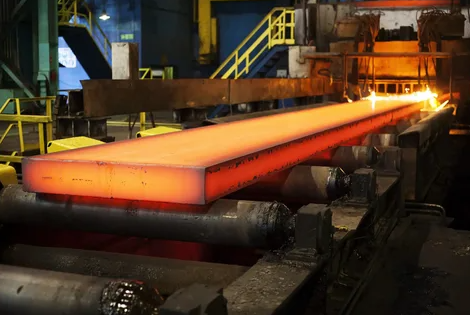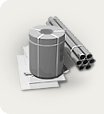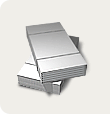Steel imports in the Euro zone rose slightly as the Euro lost 2.5-3 percent against the dollar. In addition, there was some resistance from Russian suppliers.
Currently, domestic demand is gaining momentum. However, the general mood remains disappointing and buyers are looking forward to future price reductions. Germany is the only bright spot with some other countries in the Nordic markets with good demand and consumption in construction, engineering and other areas.
Shaky industrial consumption of steel products keeps the market on pins and needles. To make matters worse, none of the industry analysts see any improvement in the future, as steel production remains well above actual consumption.
Low inflation is one of the reasons why Europe's economic recovery is stuck in low gear. If consumers and businesses begin to anticipate lower prices, they can postpone purchases and dampen further growth. This is reflected primarily in the high unemployment and debt burden across much of the region, holding back wages, spending and demand.
In turn, the absence of inflation is especially affecting poorer countries, discouraging competition with industrial enterprises in Germany, which has the strongest economy in the region. Central banks in the US and Japan have responded to low inflation by adding newly created money to the economy using policies known as quantitative easing.
Steel prices showed weak revival in the EU amid weakening euro

|
|
Azovpromstal® 6 June 2014 г. 11:18 |





